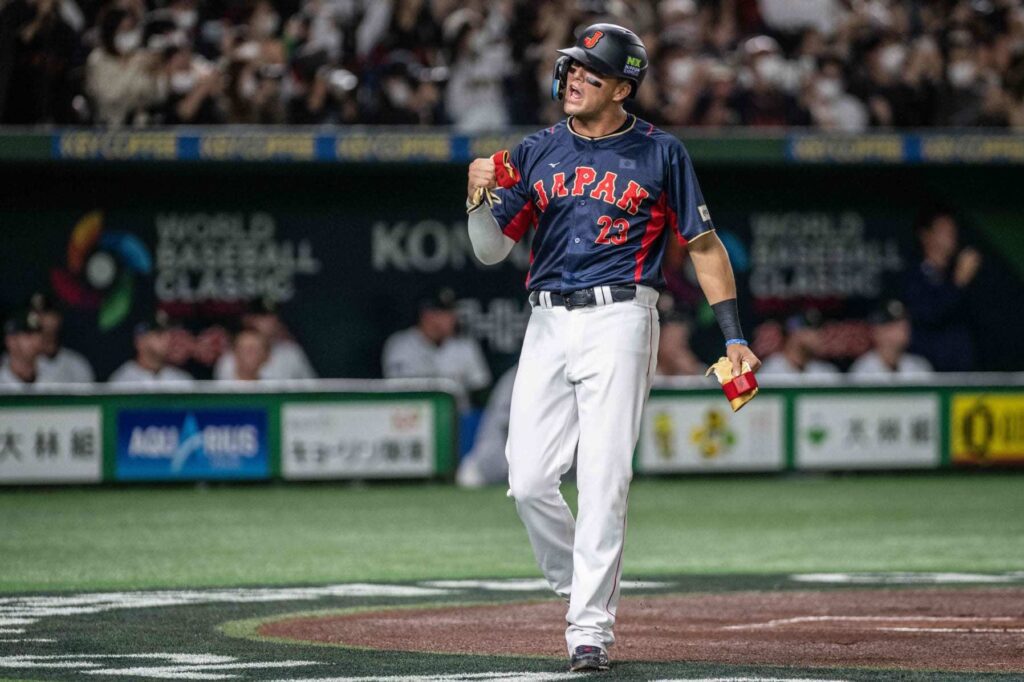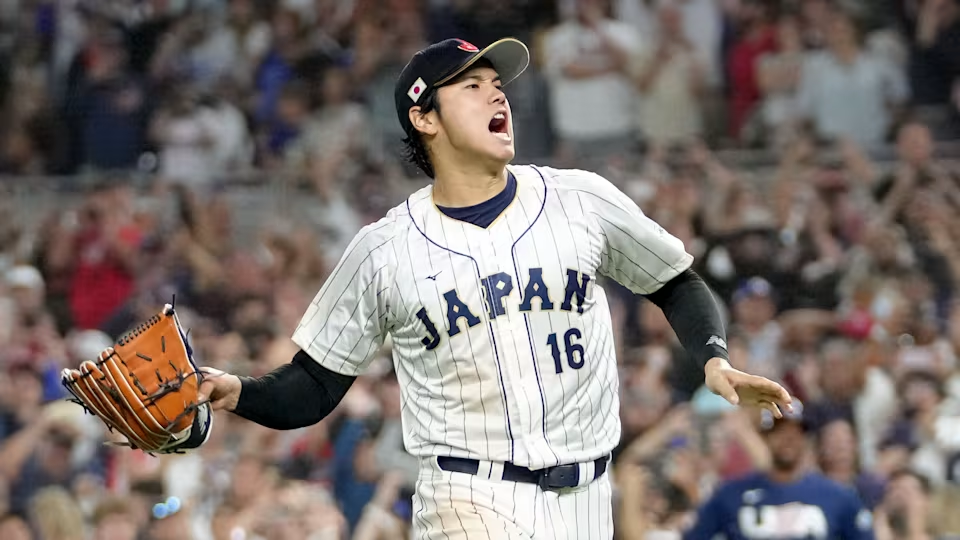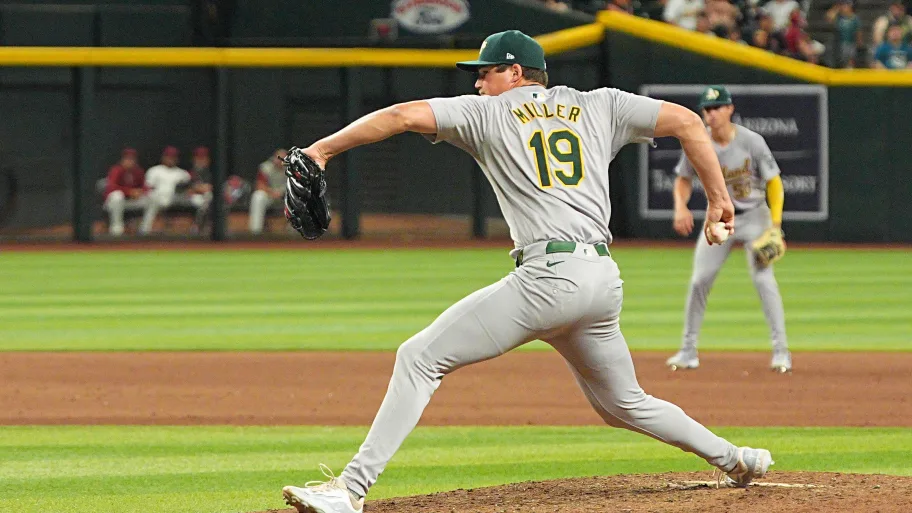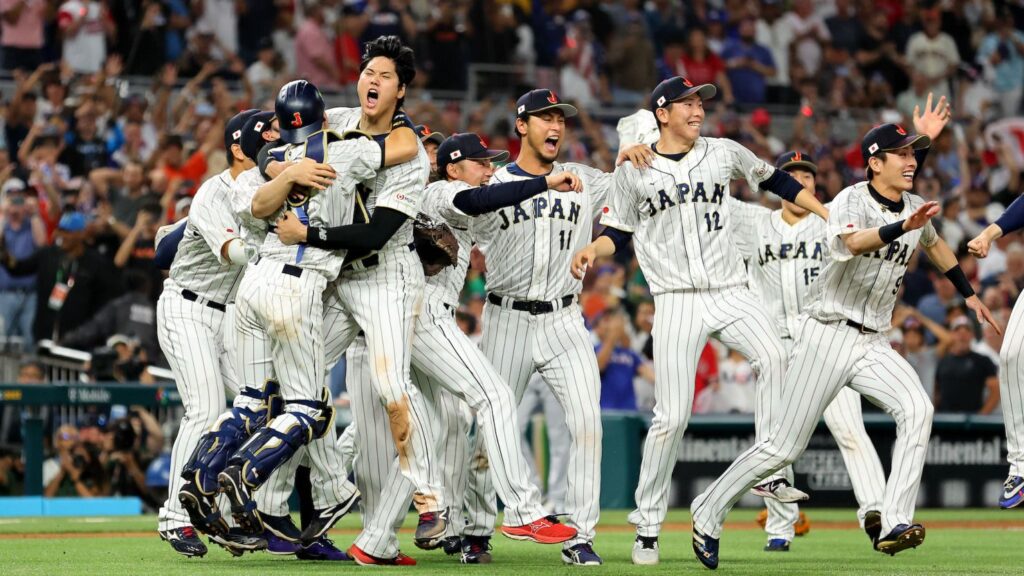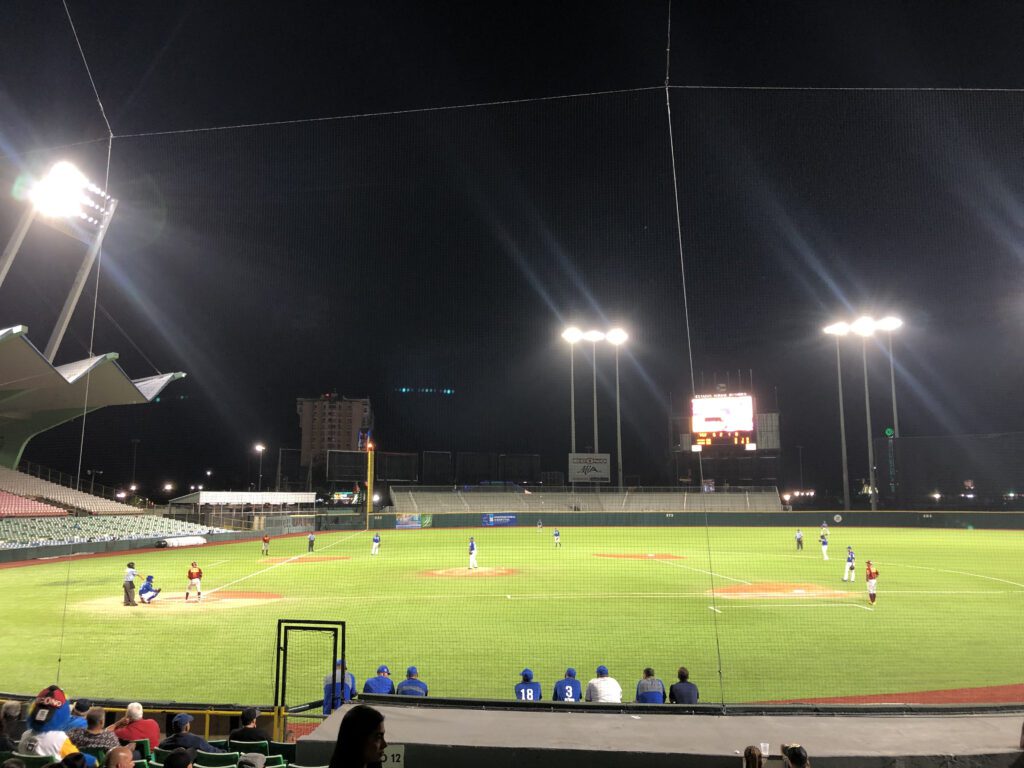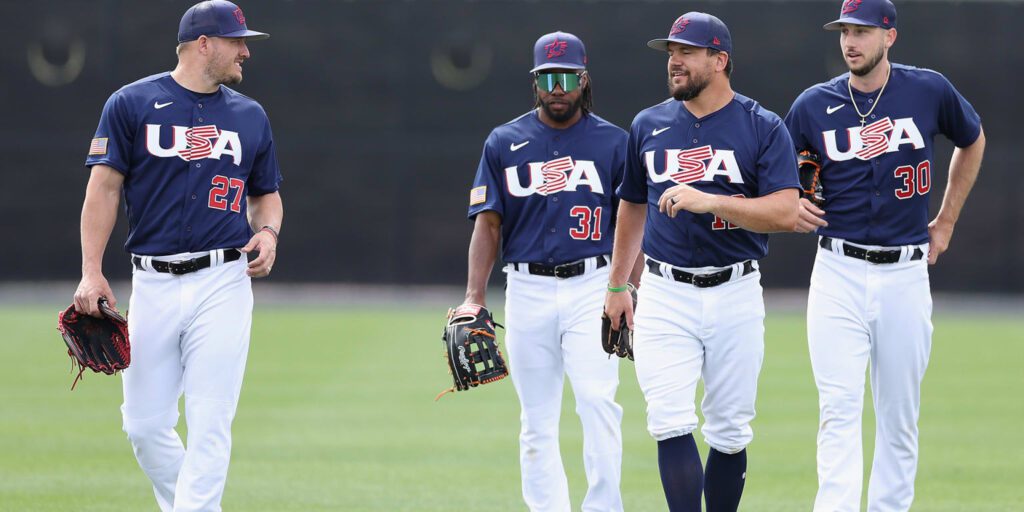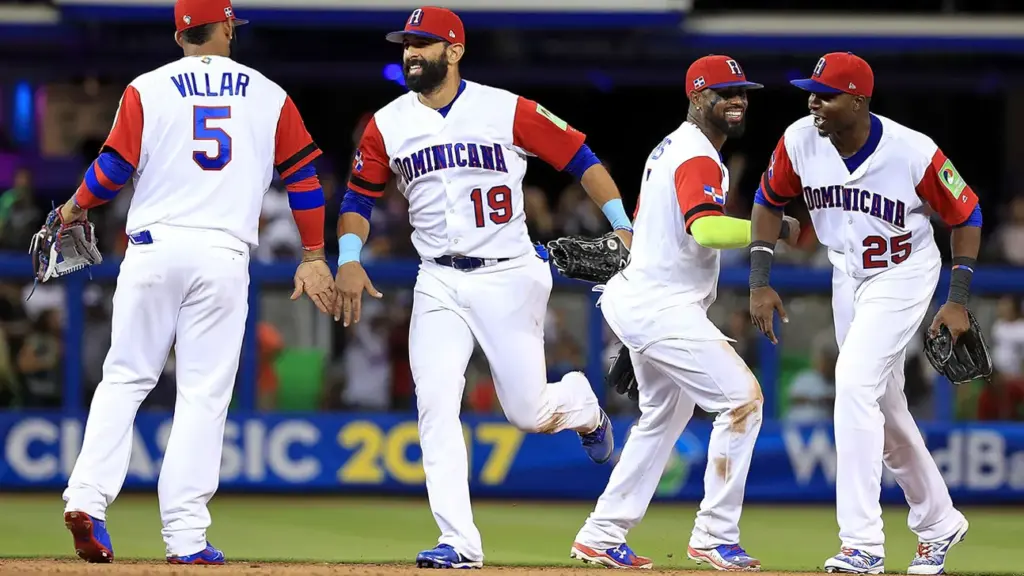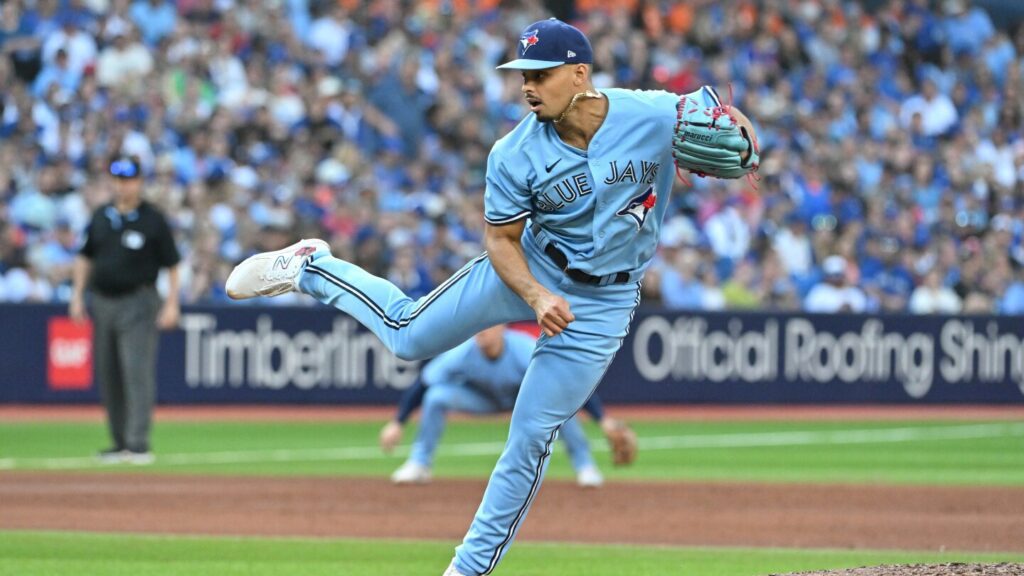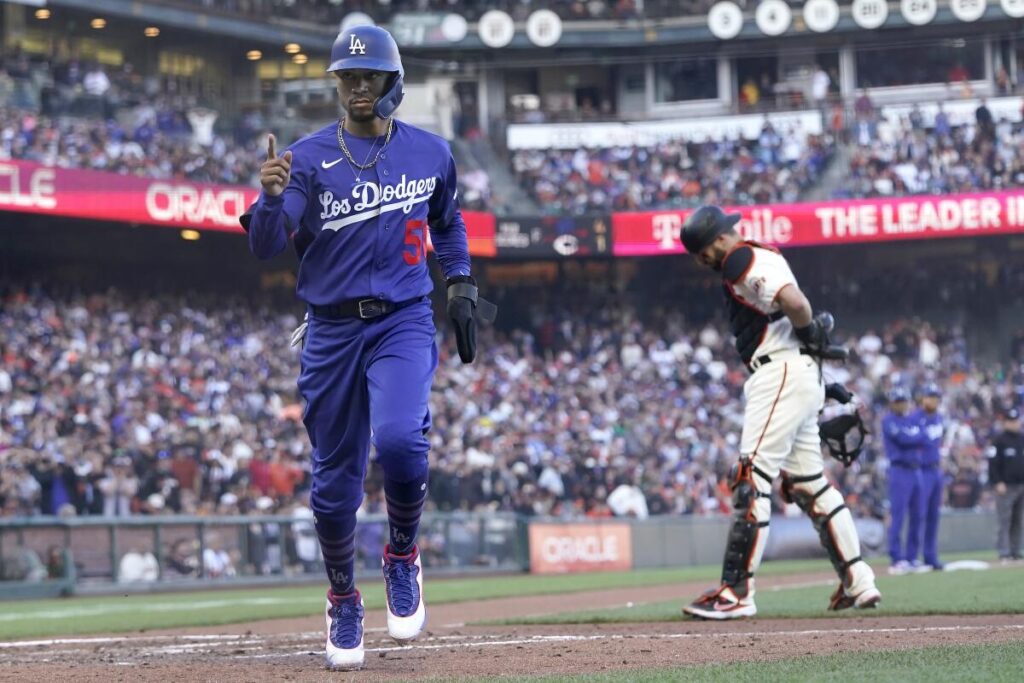The 2026 World Baseball Classic is shaping up to be one of the most highly anticipated events in international sports. With elite talent from across the globe and national pride on the line, the tournament offers a thrilling mix of high-stakes baseball, cultural unity, and unforgettable moments. Whether you’re a seasoned fan or new to the tournament, this guide breaks down everything you need to know about the 2026 World Baseball Classic—from teams and locations to key dates and what makes this event so unique.
What Is the 2026 World Baseball Classic?
The World Baseball Classic (WBC) is the premier international tournament for the sport of baseball. Sanctioned by the World Baseball Softball Confederation in partnership with Major League Baseball, the WBC is held every few years and features national teams composed of some of the best players in the world.
Unlike other global sports competitions that rely on amateur athletes or minor-league rosters, the World Baseball Classic is unique because it includes top-tier professional talent, including active MLB stars, NPB legends, and rising stars from leagues around the globe.
It’s a one-of-a-kind event where players represent their home countries—not their MLB teams—bringing national pride, cultural energy, and global competition together in a single tournament. The WBC allows baseball to shine on the international stage and provides fans the rare chance to see dream matchups that would never happen in a regular season.
What Happened in the Last Tournament (2023)?
The 2023 World Baseball Classic was one of the most thrilling editions in the tournament’s history. Held across venues in the United States, Japan, and Taiwan, it featured unforgettable performances, emotional moments, and a dramatic finale that lived up to the hype.
Japan emerged as the champions, claiming their third WBC title after a heart-stopping 3-2 victory over the United States in the championship game. The tournament finale featured a once-in-a-generation moment: Shohei Ohtani striking out Mike Trout—his Angels teammate—to secure the win for Japan. That final at-bat captured the spirit of the WBC: national icons facing off in a high-stakes, once-in-a-lifetime showdown.
Team USA delivered a strong tournament overall, with standout performances from stars like Trea Turner, who hit multiple key home runs, and Mookie Betts anchoring the top of the lineup. Despite falling just short, the U.S. re-established itself as a WBC powerhouse.
Other nations also left their mark:
- Mexico reached the semifinals for the first time, led by dynamic play and a passionate fan base.
- Cuba made a return to the final four after a long absence, reigniting the island’s rich baseball heritage.
- Venezuela and Puerto Rico remained extremely competitive, showcasing the deep talent pool across Latin America.
The success of the 2023 tournament reignited global enthusiasm for the event, raised the WBC’s profile, and set the stage for an even more competitive and widely watched 2026 World Baseball Classic. Now, with new stars emerging and rivalries heating up, the next chapter promises to be even more exciting.
Key Dates for the 2026 World Baseball Classic
The 2026 World Baseball Classic will run from March 5 to March 17, 2026, offering two intense weeks of world-class international baseball. The tournament’s structure is designed for maximum competitive drama and fan engagement, progressing from group play to do-or-die elimination rounds. Here’s what each stage means and why it matters:
Pool Play: March 5–11
Pool Play is the foundation of the tournament. The 20 participating teams are divided into four pools of five, with each team playing every other team in their pool once. This round is all about positioning, survival, and early momentum.
Why it matters:
- Only the top two teams from each pool advance, so every game carries weight.
- Pool Play allows underdogs to make a statement and favorites to establish dominance.
- It’s the only part of the tournament that’s not single-elimination, meaning teams have a slight buffer, but one or two losses can still spell disaster.
- This round is also culturally electric, with each game featuring national anthems, local fans, and players representing their home countries.
Expect surprises, blowouts, and last-game tiebreakers that keep fans on edge from Day 1.
Quarterfinals: March 13–14
The quarterfinals mark the beginning of the win-or-go-home phase. The top eight teams face off in single-elimination matchups. These games are played across two host cities and often feature emotionally charged atmospheres.
Why it matters:
- One bad inning can send a team packing, no matter how dominant they were in Pool Play.
- Teams must start fielding their best rotations and bullpens, as there’s no more room for experimenting.
- Fans see the highest concentration of MLB talent facing off, as top-tier teams begin to clash.
- It’s often the first time powerhouse nations meet, setting the tone for the final stretch of the tournament.
These games are pressure-packed and often include nail-biting finishes, walk-offs, and breakout performances.
Semifinals: March 15–16
Only four teams remain, and the stakes couldn’t be higher. The semifinals are held in Miami, the site of the tournament’s final three games, and typically feature packed stadiums and a championship-like atmosphere.
Why it matters:
- Teams are now just one win away from playing for the title, and strategies become razor-sharp.
- These matchups often pit baseball giants against each other—think USA vs. Japan, or Dominican Republic vs. Venezuela.
- Semifinal games are among the most-watched in the tournament and draw global audiences.
There’s no room for error, and emotions run high. These are the games where stars become legends.
Championship Game: March 17
The final day of the tournament brings the world’s attention to a single field. The two remaining teams face off for the title of World Baseball Classic Champion. The energy, pageantry, and competitive fire reach their peak here.
Why it matters:
- It’s baseball’s biggest international stage, and the players know it.
- Winning the WBC is a source of national pride, not just for the players but for entire countries.
- It’s the kind of game where players leave everything on the field—there’s no tomorrow, only glory or heartbreak.
- Every pitch, every at-bat, and every defensive play can be career-defining.
Whether it ends in a walk-off, a strikeout, or a celebratory dogpile, the championship game of the 2026 World Baseball Classic will be etched into the sport’s international history.
Host Cities and Venues
For the first time, the 2026 World Baseball Classic will span four major international baseball hubs, each known for its passionate fan bases and modern stadiums:
- Miami, Florida (USA) – loanDepot Park
- Houston, Texas (USA) – Minute Maid Park
- San Juan, Puerto Rico – Hiram Bithorn Stadium
- Tokyo, Japan – Tokyo Dome
These locations were chosen not only for their logistical capabilities but also because they represent some of the most enthusiastic baseball markets in the world. Each stadium is expected to deliver a unique experience for fans and players alike.
2026 World Baseball Classic Format
The tournament will follow a four-pool structure:
- 20 teams will compete, divided into four pools of five.
- Each team plays a round-robin within its pool.
- The top two teams from each pool advance to the single-elimination quarterfinals.
- Winners advance to the semifinals, and ultimately, the championship game decides the winner of the 2026 World Baseball Classic.
This format ensures that every game counts. A single loss can be the difference between moving on or going home, adding extra tension and excitement to every inning.
Participating Nations
The 2026 World Baseball Classic will feature 20 teams, combining traditional powerhouses with emerging national programs. Thanks to regional qualifiers and automatic entries, the tournament includes a mix of MLB-loaded lineups and international squads built on strong fundamentals and national pride.
Let’s take a deeper look at the most notable teams expected to compete—and what they bring to the field.
Team USA
Strengths:
Team USA continues to be one of the most balanced rosters in the WBC. With top-tier MLB talent at nearly every position, they have elite power hitting, depth in the bullpen, and a strong mix of veterans and rising stars. The leadership and clubhouse culture are a strength, especially with players like Aaron Judge expected to take a captain’s role.
Weaknesses:
Historically, Team USA has struggled with starting pitching depth. While their lineup can rival anyone’s, assembling top-tier starters—especially with MLB players being cautious during spring—is always a challenge. Chemistry can also take a few games to form, given that players are coming together from different systems.
Star Players to Watch:
- Aaron Judge (OF) – expected team captain and emotional leader
- Trea Turner (SS) – WBC 2023 standout with power and speed
- Corbin Burnes (SP) or Zack Wheeler (SP) – potential anchors for the rotation
Prediction: Team USA should reach the semifinals at minimum and is a favorite to return to the championship game. Their offensive depth is unmatched when healthy.
Japan
Strengths:
Japan has perfected the art of team-oriented, fundamental baseball. They combine small-ball tactics, elite defense, and intelligent pitching. Their rosters often include NPB superstars who are just as skilled as MLB talent, and they usually enter with a cohesive unit that’s already been training together for months.
Weaknesses:
Offensive power can sometimes be inconsistent against high-velocity MLB pitching. Their lineup might not carry the same home run threats as some Western teams, which means they rely heavily on execution and situational hitting.
Star Players to Watch:
- Shohei Ohtani (DH/SP) – if healthy, he’s the face of the tournament
- Roki Sasaki (SP) – rising phenom with triple-digit fastballs and wipeout off-speed
- Munetaka Murakami (3B) – NPB slugger with power potential
Prediction: Japan is built for tournament success and should comfortably reach the semifinals. If their pitching holds, they could easily win their fourth WBC title.
Dominican Republic
Strengths:
No team in the 2026 World Baseball Classic will likely match the Dominican Republic in raw power and energy. Their batting order is usually a who’s who of MLB sluggers, and their bullpen is stacked with flamethrowers. Emotionally charged and fearless, they feed off momentum and big-game moments.
Weaknesses:
Discipline at the plate and defensive lapses have cost them in previous tournaments. If their power hitters get overly aggressive and fail to adjust, they can be vulnerable to control-heavy pitching staffs.
Star Players to Watch:
- Juan Soto (OF) – a generational hitter with clutch DNA
- Vladimir Guerrero Jr. (1B) – power, presence, and emotion
- Emmanuel Clase (RP) – one of the nastiest closers in baseball
Prediction: If they play to their potential, they can blow teams away early and often. A semifinal or championship berth is well within reach.
Puerto Rico
Strengths:
Puerto Rico plays with unmatched passion and flair. Their defense is typically rock-solid, and their infield combinations—especially with stars like Lindor and Báez—create highlight reels. They rely on smart base-running and opportunistic offense.
Weaknesses:
Depth in the rotation can be a concern. If their starters don’t go deep, they could be overly reliant on relievers to shut games down late.
Star Players to Watch:
- Francisco Lindor (SS) – team leader and defensive wizard
- Javier Báez (2B/SS) – flair, glove work, and unpredictability
- Edwin Díaz (RP) – if fully recovered, could close out key wins
Prediction: Backed by their home crowd during pool play in San Juan, Puerto Rico should advance to the quarterfinals. If their pitching holds up, they could make another deep run.
South Korea
Strengths:
South Korea brings discipline, speed, and unselfish play. They emphasize contact hitting, pressure on the bases, and solid fundamentals. Their pitchers are typically well-coached and precise.
Weaknesses:
Against elite MLB power arms, they can struggle to generate offense. They also lack the slugging depth that other top teams possess.
Star Players to Watch:
- Jung-hoo Lee (OF) – highly touted KBO star with MLB potential
- Ha-seong Kim (IF) – versatile, elite glove, and improving bat
Prediction: Korea is always a sleeper team. With smart managing and timely hitting, they could surprise teams and advance to the quarterfinals.
Venezuela
Strengths:
Venezuela has a rich history of baseball excellence and an MLB-heavy roster. Their offense is versatile, with a mix of contact hitters and power bats, and their infield is typically stacked with elite defenders.
Weaknesses:
Bullpen depth can be shaky, and managerial strategy has been a point of criticism in past WBC appearances. Consistency is key.
Star Players to Watch:
- Ronald Acuña Jr. (OF) – one of the most electrifying players in the world
- José Altuve (2B) – veteran leadership and clutch pedigree
- Pablo López (SP) – potential ace in a short tournament
Prediction: Venezuela is talented enough to beat anyone, but they’ll need to play clean, smart baseball to reach the semifinals.
Mexico
Strengths:
Mexico had a breakout run in 2023 and returns a strong core of competitive, MLB-tested players. Their rotation, anchored by experienced starters, is a major asset. They bring intensity and chemistry to the table.
Weaknesses:
Offensive consistency can waver. They need multiple bats to heat up in order to hang with the top-tier lineups.
Star Players to Watch:
- Randy Arozarena (OF) – fan favorite, spark plug, and clutch performer
- Julio Urías (SP) – ace potential with WBC experience
- Alejandro Kirk (C) – underrated offensive presence behind the plate
Prediction: Mexico could repeat or even exceed its 2023 semifinal finish. If their offense keeps pace, they’re a legitimate dark horse for the title.
Canada
Strengths:
Canada brings grit and a handful of legitimate MLB talents. They often thrive on team unity and solid fundamentals. Their developmental pipeline continues to improve, and they can play spoiler in any pool.
Weaknesses:
Depth is the primary issue—especially on the mound. While they may have a few big names, the overall roster often lacks the firepower of the top contenders.
Star Players to Watch:
- Freddie Freeman (1B) – if eligible to play for Canada again, he’s a huge boost
- Josh Naylor (OF/1B) – powerful left-handed bat
- Cal Quantrill (SP) – top Canadian pitcher entering his prime
Prediction: Canada will compete hard but may struggle to advance out of pool play unless their pitching overachieves and their stars carry the load.
Predictions for the 2026 World Baseball Classic
The 2026 World Baseball Classic will feature an exciting mix of global powerhouses and scrappy underdogs. With a high concentration of MLB talent, unique playing styles, and emotional national pride on the line, every game promises drama and electricity. Expect traditional powers like Japan, USA, and the Dominican Republic to push deep, but don’t count out teams like Mexico, Venezuela, or South Korea—each of whom has the tools to shock the world.
As the tournament unfolds, new stars will rise, storylines will emerge, and fans around the globe will be reminded why this event is such a celebration of the game at its highest level.
Rising Teams to Watch
While traditional powers dominate headlines, the WBC always introduces surprise breakout teams. Countries like Australia, Czech Republic, Israel, and Great Britain have steadily improved their baseball infrastructure and talent development programs. Don’t be surprised if one or more of these underdog nations pull off upsets in the early rounds.
Star Players and Rosters
What makes the 2026 World Baseball Classic truly special is the participation of active MLB superstars playing for their home countries. In past editions, fans have seen the likes of Mike Trout, Shohei Ohtani, Mookie Betts, Vladimir Guerrero Jr., and more compete on the global stage.
The 2026 edition will be no different. With names like Juan Soto, Julio Rodríguez, Aaron Judge, and Corbin Carroll potentially in the mix, the tournament will showcase a thrilling blend of power, speed, and charisma.
Each roster is made up of 30 players, typically including a balanced mix of starters, relievers, utility infielders, power bats, and defensive specialists. National pride often brings out the best in these players, creating unforgettable moments and highlight-reel performances.
What Makes the 2026 World Baseball Classic Special
- National Pride: Watching athletes represent their countries brings a different kind of intensity to the field.
- Cultural Celebration: Every nation brings unique flavor to the diamond from bat flips to chants.
- Elite Competition: This is the highest level of international baseball available today.
- Unscripted Drama: Upsets, extra innings, buzzer-beater moments—every tournament delivers surprises.
The 2026 World Baseball Classic will be a showcase not just of talent, but of passion. For many players, it’s the greatest honor of their careers.
Impact on the Game of Baseball
One of the WBC’s major impacts is its role in growing the game globally. The 2026 edition will continue this mission by exposing millions of fans to new players, countries, and storylines. Young players in Europe, Asia, and Latin America will see role models from their own regions competing at the highest level.
For Major League Baseball, the WBC bridges spring training and Opening Day, giving fans a dose of competitive action before the regular season begins.
How to Watch
The 2026 World Baseball Classic is not just an international tournament—it’s a worldwide viewing event. With teams and fans tuning in from all corners of the globe, organizers have made sure that no matter where you live, you’ll have access to live coverage, exclusive content, and immersive fan experiences.
In the United States
Fans in the U.S. can watch every game of the 2026 World Baseball Classic live through major national sports networks. Coverage is expected across a mix of:
- Television: Broadcasts via FOX Sports or similar partners
- Streaming: Live streaming through apps such as Fox Sports App, MLB.tv, or select cable-provided services
- Radio & Spanish-language broadcasts will also be widely available for bilingual audiences.
Expect wall-to-wall coverage of Team USA’s games, key international matchups, and behind-the-scenes content leading up to and during the tournament.
In Canada
Canadian fans can follow Team Canada and other matchups through:
- Television: Likely coverage from Sportsnet and TSN
- Streaming: Available through platforms like SN NOW or direct apps from the broadcasters, Baseball Canada is also expected to support viewing events and community-based fan experiences during the tournament.
In Japan
Japan remains one of the tournament’s biggest markets, and fans there can watch through:
- National networks like TBS or NHK provide live TV coverage
- Online streaming on Japanese platforms and possibly MLB-affiliated apps with Japanese commentary. Expect sold-out stadiums at the Tokyo Dome and a country-wide celebration with each game.
In Latin America and the Caribbean
Nations like the Dominican Republic, Venezuela, Puerto Rico, and Mexico are home to some of the WBC’s most passionate fan bases. Coverage across these countries will include:
- Regional sports networks and local broadcasters
- Spanish-language streaming services
- Radio coverage, especially for fans tuning in on the go Major cities often host street-level viewing parties and local celebrations—especially during high-stakes games and elimination rounds.
In Europe and Australia
Baseball is steadily growing in markets like the U.K., Italy, the Netherlands, and Australia. Coverage will likely be available through:
- ESPN International, BT Sport, or other regional sports carriers
- MLB.tv, offering international passes with full access to all games These regions will also feature localized content and highlight packages for time zone differences.
Fan Experience Highlights
Wherever you’re watching from, the 2026 World Baseball Classic aims to bring fans closer to the game than ever before:
- Electric stadium atmospheres in Tokyo, Miami, San Juan, and Houston with pre-game shows, live music, and national celebrations
- Official watch parties and fan zones hosted in major cities around the world, many supported by national baseball federations
- Exclusive team merchandise and limited-edition collectibles tied to specific countries and regions
- Live social media coverage through platforms like Instagram, X (formerly Twitter), YouTube, and TikTok featuring behind-the-scenes access, highlights, and player interviews
- Virtual experiences and interactive polls will allow fans to engage with the tournament in real time
Tickets for in-person games will go on sale several months before the event. Given the excitement around certain matchups—especially in host countries and during knockout rounds—fans are encouraged to plan early.
Whether you’re watching from the stadium, your living room, or on your phone during your commute, the 2026 World Baseball Classic promises to be a global experience you won’t want to miss.
Is The 2026 World Classic More Than Just A Baseball Tournament?
The 2026 World Baseball Classic is more than just a tournament—it’s a celebration of global baseball culture. From the moment the first pitch is thrown in March to the final dogpile after the championship, every game will carry the energy of a World Series, the intensity of a playoff race, and the pride of national competition.
With elite talent, passionate fans, and international storylines waiting to unfold, the 2026 World Baseball Classic will be one of the defining sports events of the year.
If you’re a baseball fan—casual or die-hard—this is your chance to watch the world’s best compete not for contracts or club trophies, but for country, pride, and the love of the game.



